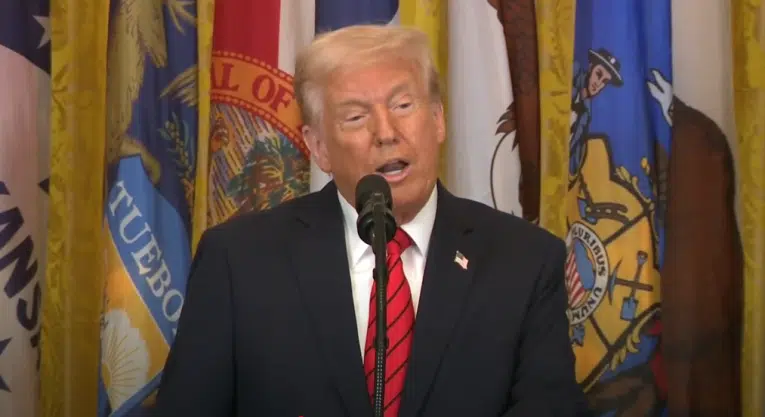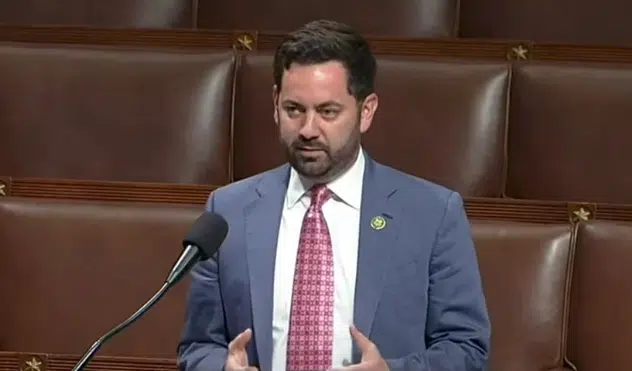By Rick Manning – Last week, Japanese automaker, Honda, announced a decision to spend $800 million to open another plant in North America to produce the exact kind of sub-compact vehicle that will help them meet the overly ambitious mileage guidelines laid out by the Obama Administration.
Honda has a long history of building plants in the United States with the first opening in 1979, and has even advertised their commitment to the American worker by featuring their Marysville, Ohio plant. In fact, Honda directly employs 25,000 Americans.
The new plant is scheduled to open in 2014, and would be a coup for any American state to get the jobs and tax revenues it will create.
Unfortunately, the plant is being built in Mexico, where Honda has two other production facilities.
Yes, Mexico.
The same Mexico where the very survival of the federal government is threatened by the drug cartels.
The same Mexico that is notorious for a culture of graft both petty and large.
The same Mexico where business executives need armed bodyguards for themselves and their families around the clock due to the threat of kidnapping.
That is where Honda decided to build a new automobile manufacturing plant over any of the 50 states in the United States.
While Honda is not saying why they chose a politically unstable, personally unsafe country over the United States, perhaps some clues can be found by looking at the two countries.
The Tax Foundation reports that Mexico ranks 9th in corporate taxes with an effective rate of 30 percent, and zero state taxes. When state taxes are taken into account, the United States on average is ranked as having the second highest taxes in the world just behind Japan. The U.S. federal corporate tax rate of 35 percent means that for every $1 million in profit generated at a Mexican production facility, Honda makes $50,000 more after taxes.
Honda has also had union troubles in the United States being targeted for organizing by the United Auto Workers in its Indiana facility. In 2007, Honda came under fire in a new manufacturing plant in Indiana, because they restricted hiring to residents from counties without heavy union presence.
Can there be any doubt that the UAW’s partnership with the federal government in both GM and Chrysler, played a role in their site selection.
Additionally, it could not have been lost on the Japanese corporation that the National Labor Relations Board has been bending over backward to direct not only traditional rules for union organizing, but have intervened against a U.S. corporation’s decision on where to locate a manufacturing facility.
Once again, it must be emphasized that I have not found a quote from Honda officials related to the cost basis of this decision, when you add up the significantly higher taxes, and the potentially dramatically higher labor costs due to the Obama Administration’s overt attempt to force unionization onto U.S. manufacturers, Honda’s choice is logical.
Take the risk of kidnappers, government collapse and petty corruption rather than the risk of spending $800 million on a plant that becomes immediately unprofitable due to higher taxes and federal government policies designed to disrupt your shining new shop floor with the thuggish UAW as a compulsory business partner.
When you look at the U.S. manufacturing environment through the mindset of a foreign manufacturer, and ask, why did they choose to not locate here, it becomes clear that if the President truly wants to make the U.S. competitive, he should be beating the drum for an across the board corporate tax rate deduction and put a leash on his organized labor pitbulls at the NLRB.
Ultimately, it is the American worker who is paying the price. Perhaps this explains why Mexico’s unemployment rate is at 4.9 percent, while the rate in the U.S. hovers at 9.1 percent.
Rick Manning is the Director of Communications for Americans for Limited Government. You can follow Rick on Twitter at @RManning957.






